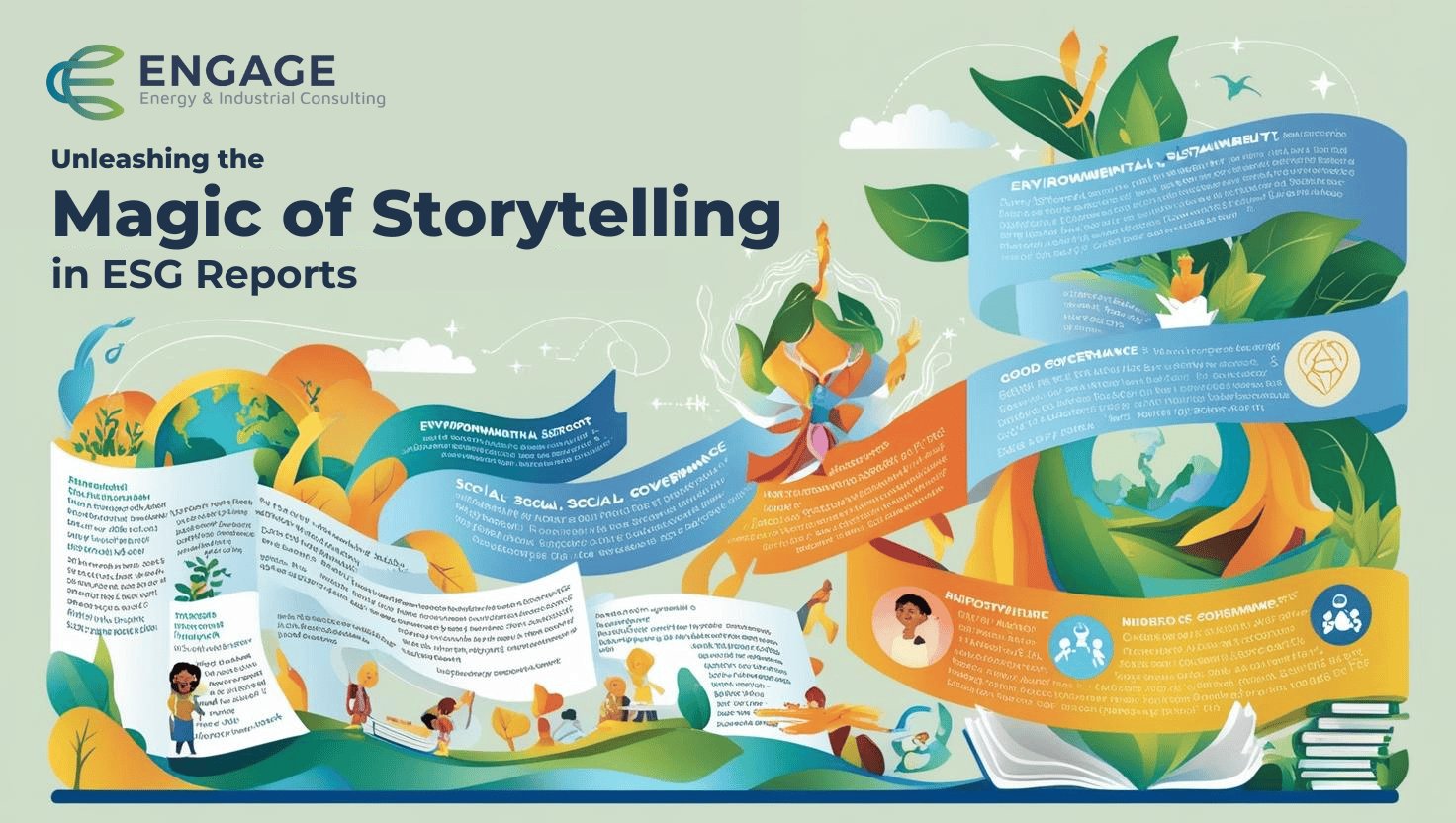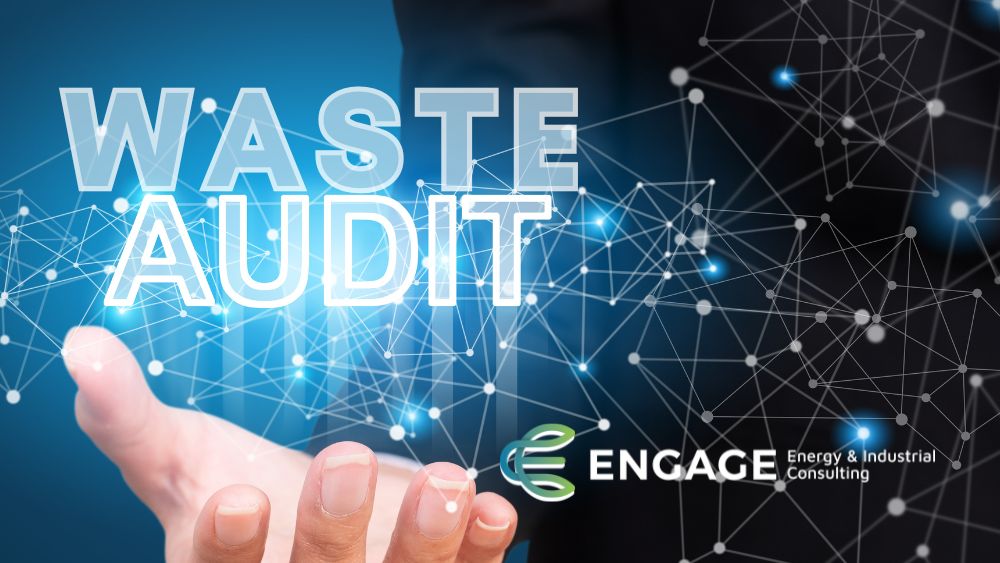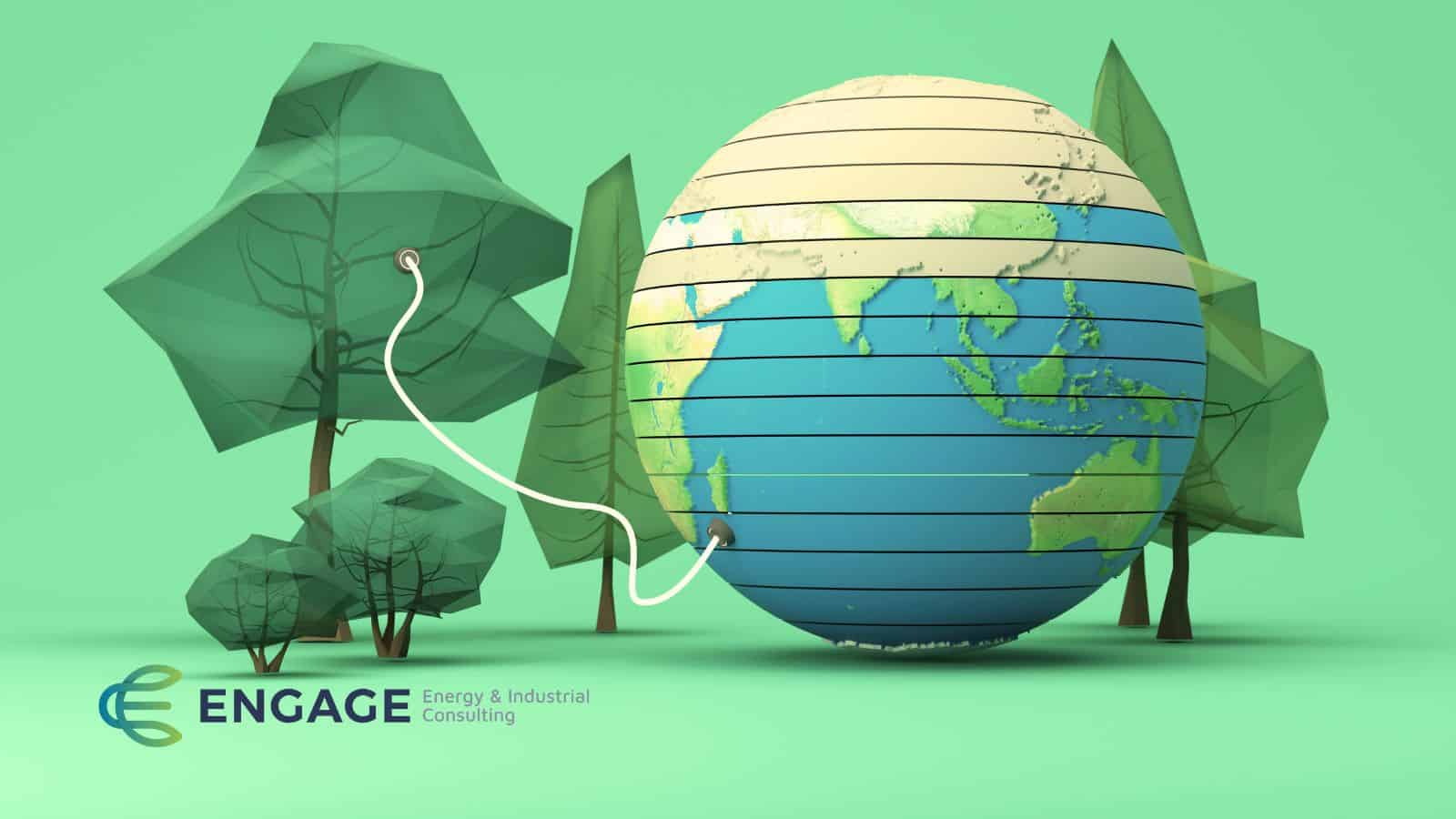How are you managing risk?
What steps are you taking to build robustness against the negative impacts of risk? Are you developing programs that address risk head on? Have you heard of black swans & grey rhinos in terms of risk?
A black swan is an event that comes as a surprise, has a major effect, and is often inappropriately rationalized after the fact with the benefit of hindsight.
In contrast, a grey rhino is highly probable and has high impact, yet it’s neglected as a threat.
Today’s risks represent an increasingly complex and interconnected system of relationships with cascading effects. One of our most important interconnected systems is our energy and utility infrastructure. We’ve become very adept at understanding how to mitigate conventional risks that can be easily isolated and managed; however, we are less competent when it comes to dealing with complex systems and the risks that result from those complex systems.
According to the World Economic Forum 2008-2018 Global Risks Reports, in 2008, the top global risks in terms of likelihood were:
- Asset price collapse – Recession/mortgage-backed securities
- Middle East instability – Resurgence of the Taliban
- Failed and failing states – The Arab Spring
- Oil and gas price spike – Oil prices $100+ per barrel, and natural gas prices began to plummet because of fracking
- Chronic disease – Throughout the developed world
Although all of these risks were significant, there were no direct threats to the safety or reliability of the U.S. energy and utility infrastructure.
When looking at 2018, the top global risks in terms of likelihood were:
- Extreme weather events – Hurricanes
- Natural disasters – Wild fires, floods, earthquakes, etc.
- Cyberattacks – State sponsored programs
- Data fraud or theft – Extortion
- Climate change – Failure to mitigate and adapt
All risks identified in 2018 had direct impact on the U.S. and world energy and utility infrastructure. Each of these could be referred to as a grey rhino. We know they exist. The impact of an event could be significant, yet we are not taking appropriate action to mitigate on a large scale. Often in trying to predict the next black swan we forget about the grey rhino that is bearing down on us, full steam ahead.
The best way to mitigate these risks are to implement programs that address reliability, resiliency, risk, and sustainability from a system thinking perspective. System thinking involves moving from observing events or data in isolation, to identifying patterns of behavior over time and understanding the underlying structures that drive those events and patterns.
The increasing complexity that is being introduced into the energy and utility infrastructure demands a system thinking approach. This includes changes in the generation fuel mix, new transmission routes, distributed energy resources (wind and solar), energy storage, automated control systems, IoT connected devices, EV charging stations, artificial intelligence and weeds, and soon, an onslaught of 5G connected devices that are expected grow exponentially. Gartner predicts that 20.8 billion devices will be connected to the Internet by 2020, compared to 6.4 billion today. And there will be new types of technology that we have not imagined. All providing new access points for intrusion and risk.
You will be tested to develop new approaches and services as additional complexity is introduced. Systems thinking will be one of the keys to your success, credibility, and the ongoing value you bring.
At Engage Energy & Industrial Consulting, we are striving to help organizations establish the plans and governance required to address the challenges of reliability, resiliency, risk, and sustainability through program development and systems thinking.
Today, the problem is these programs and processes are often developed and managed in silos such as departments and business units. This has to be transformed. To drive improved reliability, resiliency, risk, and sustainability, these systems must be addressed holistically within the lens of an interconnected system. Silo-based organizational and functional structures will themselves become enterprise risks.
What does this mean for the customers you serve, and how do you begin to think about how you position yourself now and over the next ten years?
- Advocate for programs focused on reliability, resiliency, risk, and sustainability within your customer base.
- Focus on collaboration, innovation, and continuous improvement
- The more insight you have into your customers’ programs and processes, the better able you are to help and advise on executing these programs
- Partner with the communities you serve and educate them about your programs and how they benefit your communities
- Integrate systems thinking and scenario planning into risk models
- Focus on scale – where are the real risks?
- Customers are of varying sizes, varying levels of maturity, and have varying levels of resources to address these issues
- Focus on thought leadership, leveraging best practices across your population through training, education, outreach, and advocacy
Engage Energy & Industrial Consulting helps clients manage risk. How can we help you?





